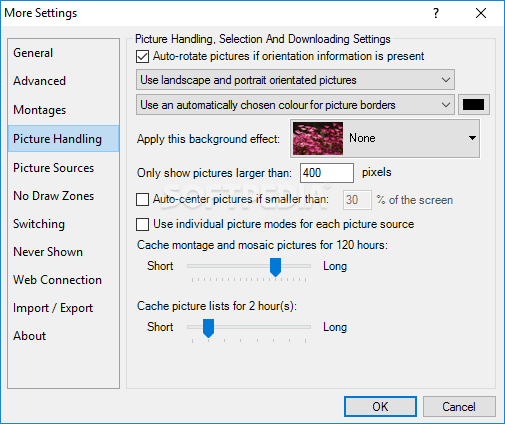
Quantum mechanics’ entangled pairs can be compared to a machine that throws out balls of opposite colours in opposite directions. Does colour exist when no one is watching? The other ball immediately turns the opposite colour.īut how is it possible to know that the balls did not each have a set colour at the beginning? Even if they appeared grey, perhaps they had a hidden label inside, saying which colour they should turn when someone looks at them. Then, it can randomly take either all the black the pair of balls has access to, or can show itself to be white. It is as if both the balls are grey, right up until someone looks at one of them. What makes quantum mechanics so special is that its equivalents to the balls have no determined states until they are measured. When two particles are in entangled quantum states, someone who measures a property of one particle can immediately determine the result of an equivalent measurement on the other particle, without needing to check. This year’s laureates have explored these entangled quantum states, and their experiments laid the foundation of the revolution currently underway in quantum technology. Albert Einstein talked about spooky action at a distance and Erwin Schrödinger said it was quantum mechanics’ most important trait. This is called entanglement, and has been one of the most debated elements of quantum mechanics ever since the theory was formulated. Many applications rest upon how quantum mechanics allow two or more particles to exist in a shared state, regardless of how far apart they are. Intense research and development are underway to utilise the special properties of individual particle systems to construct quantum computers, improve measurements, build quantum networks and establish secure quantum encrypted communication. The fundamentals of quantum mechanics are not just a theoretical or philosophical issue. The laureates’ development of experimental tools has laid the foundation for a new era of quantum technology. What happens to one particle in an entangled pair determines what happens to the other, even if they are really too far apart to affect each other. Using groundbreaking experiments, Alain Aspect, John Clauser and Anton Zeilinger have demonstrated the potential to investigate and control particles that are in entangled states. How entanglement has become a powerful tool Så blev sammanflätning ett kraftfullt verktyg (pdf) How entanglement has become a powerful tool (pdf) Populärvetenskaplig information: Popular information Popular science background: Share via Email: Popular information Share this content via Email.Share on LinkedIn: Popular information Share this content on LinkedIn.Tweet: Popular information Share this content on Twitter.

Share on Facebook: Popular information Share this content on Facebook.


 0 kommentar(er)
0 kommentar(er)
